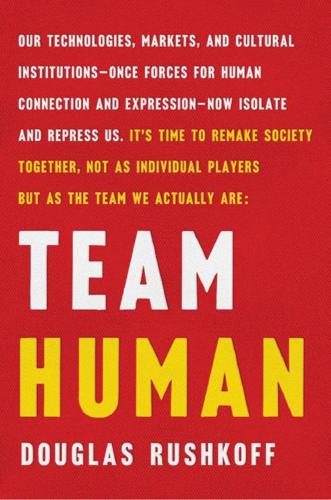
Team Human
by
Douglas Rushkoff
Published 22 Jan 2019
We now know, beyond any doubt, that we are dumber when we are using smartphones and social media Debra Kaufman, “Studies Show Smartphones, Social Media Cause Brain Drain,” etcentric, October 10, 2017. 35. human beings require input from organic, three-dimensional space William Softky, “Sensory Metrics of Neuromechanical Trust,” Journal of Neural Computation 29, no. 9 (September 2017). We remember things better when we can relate them to their physical locations Luke Dittrich, Patient H.M.: A Story of Memory, Madness, and Family Secrets (New York: Random House, 2017). Our relationships become about metrics, judgments, and power Benoit Denizet-Lewis, “Why Are More American Teenagers Than Ever Suffering from Severe Anxiety?” New York Times Magazine, October 11, 2017. 36. Surprisingly, the inability to establish trust in digital environments doesn’t deter us from using them William Softky, “Sensory Metrics of Neuromechanical Trust,” Journal of Neural Computation 29, no. 9 (September 2017).
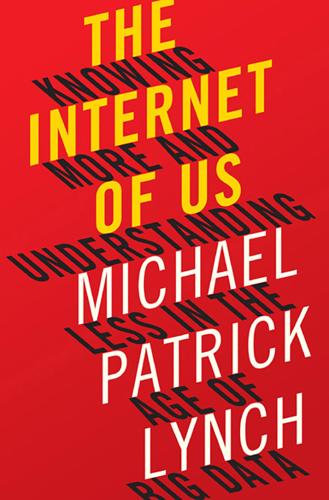
The Internet of Us: Knowing More and Understanding Less in the Age of Big Data
by
Michael P. Lynch
Published 21 Mar 2016
And the philosopher Hubert Dreyfus has influentially argued that knowing how to do something—like ride a bike—can’t simply be understood as grasping a set of rules or directions. At bottom it involves a type of discernment or acuity that can’t be discursively codified.16 The idea that there is a sharp difference between knowing how and knowing facts seems to have some empirical support as well. Consider the famous case of the patient HM. HM was an epileptic who had undergone a lobectomy. He was then observed to have severe anterograde amnesia. In other words, he would forget events almost immediately after they happened. In a groundbreaking experiment, the cognitive psychologist Brenda Milner had HM perform a mirror-drawing task in which he had to draw the outline of a star through a mirror while not being able to see his own arm.17 The results were astounding: he was able to improve at the task after several days, even though he had no memory of the event.
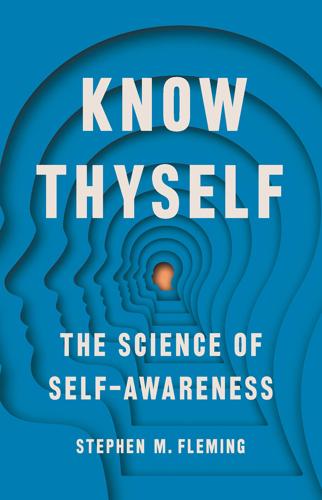
Know Thyself
by
Stephen M Fleming
Published 27 Apr 2021
Damage to these networks can lead to isolated changes in self-awareness—we may literally lose the ability to know ourselves. The first hints that brain damage could lead to problems with metacognition came in the mid-1980s. Arthur Shimamura, then a postdoctoral researcher at the University of California, San Diego, was following up on the famous discovery of patient “HM,” who had become forever unable to form new memories after brain surgery originally carried out to cure his epilepsy. The surgery removed HM’s medial temporal lobe, an area of the brain containing the hippocampus and a region crucial for memory. Shimamura’s patients, like HM, had damage to the temporal lobe, and therefore it was unsurprising that many of them were also amnesic.
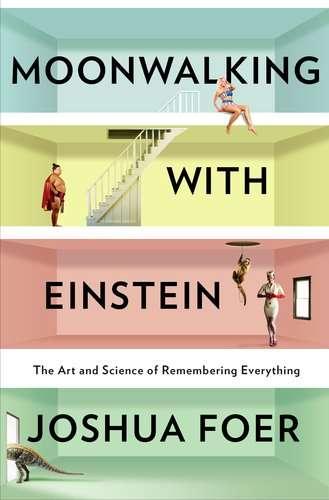
Moonwalking With Einstein
by
Joshua Foer
Published 3 Mar 2011
Why Is It Difficult to Put Names to Faces? British Journal of Psychology, 81, 287-297. Coleman, J. (1992). Ancient and medieval memories: studies in the reconstruction of the past. Cambridge, England: Cambridge University Press. Cooke, E. (2008). Remember, remember. London: Viking. Corkin, S. (2002). What’s New with the Amnesic Patient H.M. Nature Reviews Neuroscience, 3, 153-160. Corsi, P. (1991). The enchanted loom: chapters in the history of neuroscience. New York: Oxford University Press. Cott, J. (2005). On the sea of memory: a journey from forgetting to remembering. New York: Random House. Darnton, R. (1990). First Steps Toward a History of Reading.
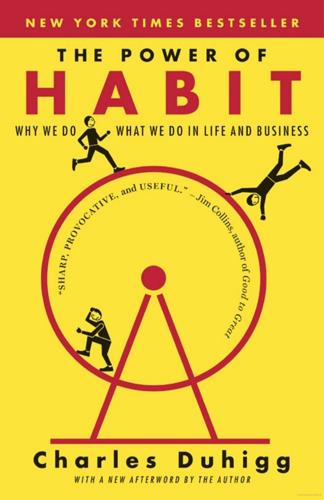
The Power of Habit: Why We Do What We Do in Life and Business
by
Charles Duhigg
Published 1 Jan 2011
., Whose Loss of Memory Made Him Unforgettable, Dies,” The New York Times, December 5, 2008. 1.9 with a small straw This was a common practice at the time. 1.10 He introduced himself to his doctors Dittrich, “The Brain That Changed Everything”; Larry R. Squire, “Memory and Brain Systems: 1969–2009,” Journal of Neuroscience 29, no. 41 (2009): 12711–26; Larry R. Squire, “The Legacy of Patient H.M. for Neuroscience,” Neuron 61, no. 1 (2009): 6–9. 1.11 transformed our understanding of habits’ power Jonathan M. Reed et al., “Learning About Categories That Are Defined by Object-Like Stimuli Despite Impaired Declarative Memory,” Behavioral Neuroscience 113 (1999): 411–19; B. J. Knowlton, J.
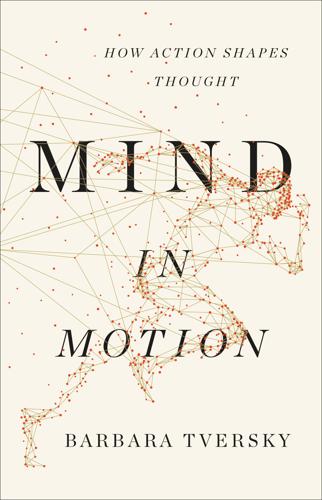
Mind in Motion: How Action Shapes Thought
by
Barbara Tversky
Published 20 May 2019
Can we reconcile the declarative memory and spatial navigation views on hippocampal function? Neuron, 83(4), 764–770. Poppenk, J., Evensmoen, H. R., Moscovitch, M., & Nadel, L. (2013). Long-axis specialization of the human hippocampus. Trends in Cognitive Sciences, 17(5), 230–240. H.M. Corkin, S. (2002). What’s new with the amnesic patient HM? Nature Reviews Neuroscience, 3(2), 153. Milner, B., Corkin, S., & Teuber, H. L. (1968). Further analysis of the hippocampal amnesic syndrome: 14-year follow-up study of HM. Neuropsychologia, 6(3), 215–234. Scoville, W. B., & Milner, B. (1957). Loss of recent memory after bilateral hippocampal lesions.

When Computers Can Think: The Artificial Intelligence Singularity
by
Anthony Berglas
,
William Black
,
Samantha Thalind
,
Max Scratchmann
and
Michelle Estes
Published 28 Feb 2015
People can only consciously remember about seven different symbols at a time when considering a problem, and they are quickly forgotten if one is distracted. On the other hand, people have millions of longer-term memories. It appears that many longer term memories are formed in a small part of the cerebral cortex known as the hippocampus. Evidence of this is the famous case of patient H.M., who had his hippocampus largely removed to prevent severe epilepsy. H.M. could function fairly normally and had long-term memories, but he could not form any new long-term memories. Anatomical studies suggest that the hippocampus does in fact contain large recurrent networks that can hold a thought for a short period of time, during which time they repeatedly stimulate other parts of the brain which then undergo Hebbian learning.